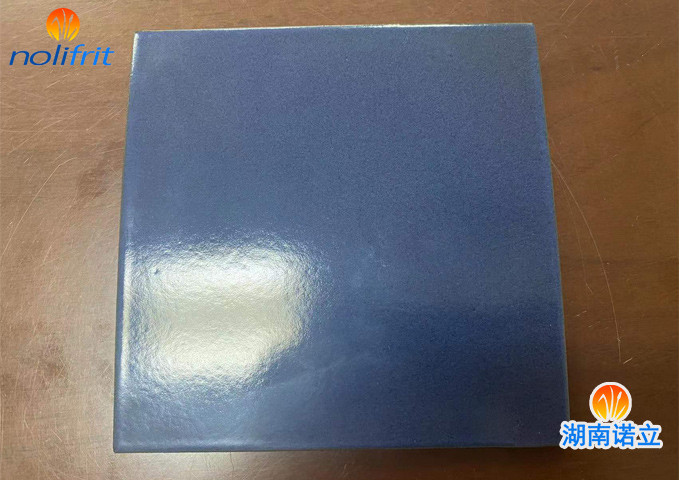Alkali Resistance And Test Of Enamel Materials
The alkali resistance and chemical stability of enamel materials is one of the important properties, and some enamel products that need to be exposed to acid and alkali chemicals have higher requirements for this performance. The enamel material will be very unstable under the action of the alkaline solution. After the hydrate of silicic acid is dissolved, the protective film of SiO2 cannot be formed, resulting in the dissolution of part or all of the silicic acid, and the enamel surface is continuously eroded. This process mainly occurs. The chemical reaction is as follows:
2SiO2+4NaOH→2Na2SiO3+2H2O
SiO2+2NaOH→Na2SiO3+H2O
The alkali resistance of enamel enamel, like other properties, is related to its chemical composition. If the content of SiO2 is reduced and the content of alkali metal oxide or divalent metal oxide is increased, the alkali resistance will be reduced. Alkali metal oxides are more pronounced than divalent metal oxides. Among the divalent metal oxides, BaO and PbO are the strongest, followed by MgO and CaO. ZrO2 and SnO2 are very beneficial to improve the alkali resistance of enamel, so the introduction of 4~16% ZrO2 into enamel enamel can get good alkali resistance, and with the increase of the content, the alkali resistance will also increase.

There are two methods for testing the alkali resistance of enamel materials for reference:
1. Sodium hydroxide test: at room temperature (22℃~28℃), drop 10% sodium hydroxide (NaOH) on the enamel surface and let it stand for about 15 minutes. If the surface does not change, it means alkali resistance sexually qualified;
2. Salt spray resistance test: put a 5% salt solution (made of distilled water and sodium chloride crystals) in the salt spray test box of the sample house, and put the sample into the salt spray test box of 36~38℃ Before and after 96 hours, samples were taken out to check for obvious salt penetration and corrosion.